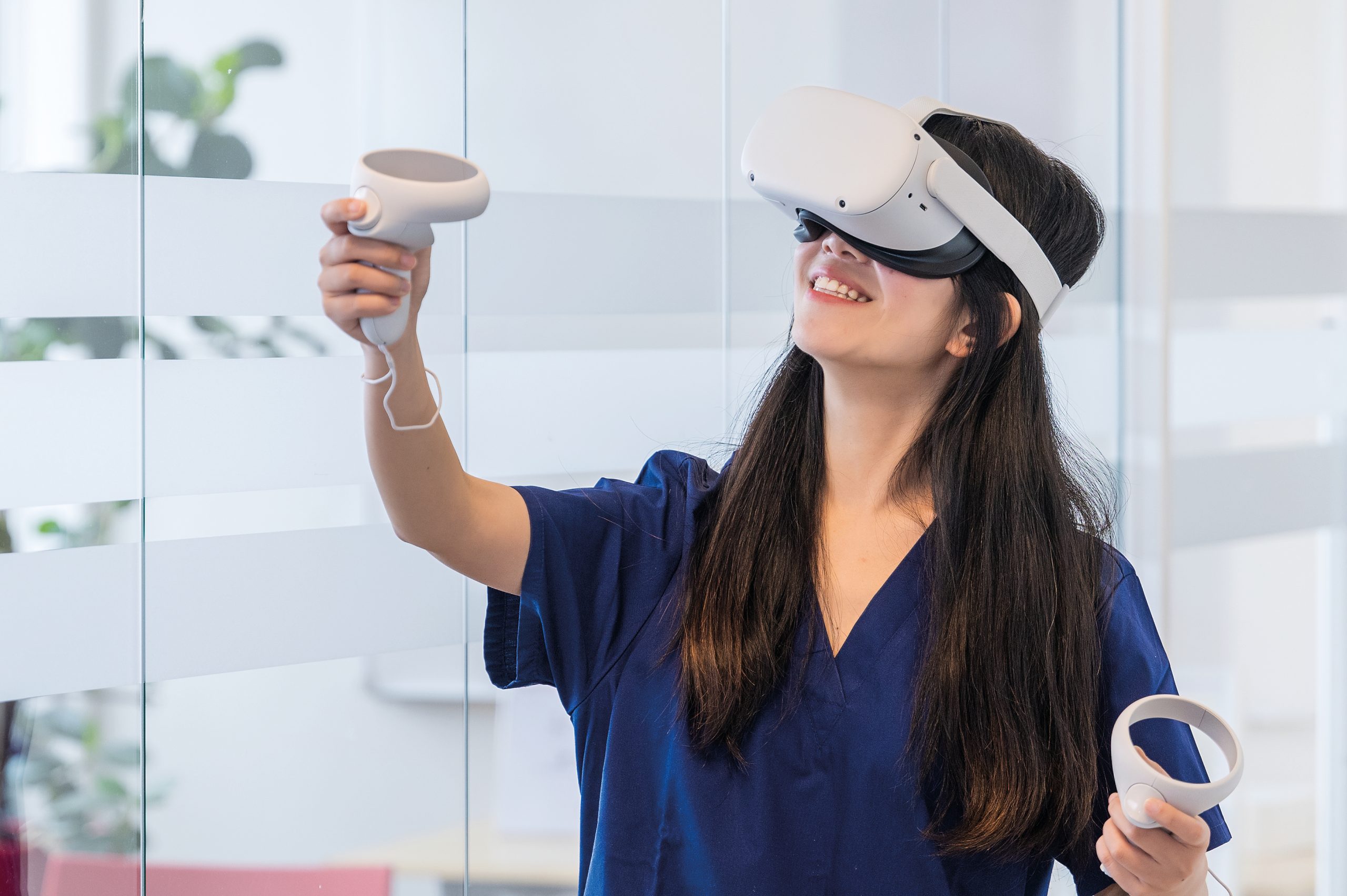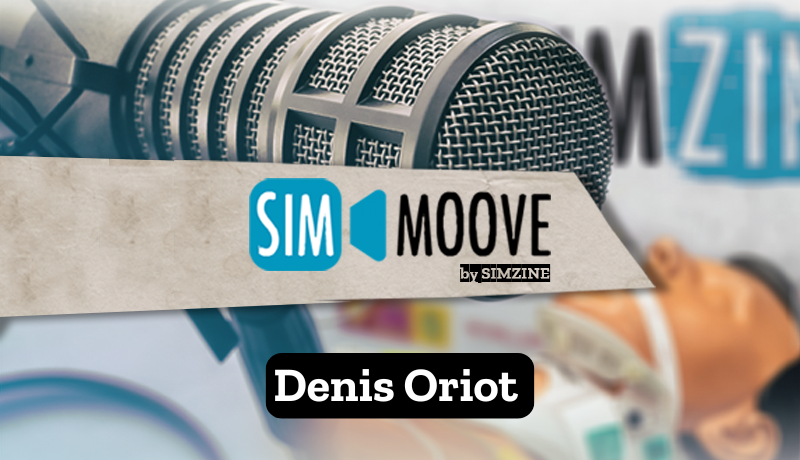The use of virtual reality is transforming medical training, enabling realistic and safe simulations. Laerdal aims to integrate VR with artificial intelligence to enhance immersive training and its clinical impact.
Content written in collaboration with Laerdal Italia
According to industry studies, over the next three years, interest in VR applied to healthcare, including medical-scientific training, will grow by 22.5%.
It is well known how VR is revolutionising several sectors, first and foremost the clinical sector, including education, thanks to the fact that it offers a unique and immersive learning experience. The opportunity to immerse oneself in simulated medical scenarios with a high degree of realism offers considerable potential for enhancing learning and acquiring skills and abilities in a safe and effective manner.
Among the unquestionable advantages of VR is its ability to encourage practice by learners without any risk to patients, with the indirect consequence of helping to increase confidence and awareness of their knowledge, better preparing them to deal with real situations in clinical practice.
From a pedagogical point of view VR/AR seem to offer some of the typical advantages of simulation; one of them being the ability to internalise learning (+75% ) precisely by virtue of its being experiential.
These similarities with simulation, as commonly understood, may appeal to academia and the training departments of healthcare companies, as these new technologies can help increase simulation even where the shortage of teachers makes it not always feasible.
We met with one of the industry’s leading players to find out what technology trends will influence Laerdal in the near future and how these will dominate corporate research in the next 18-24 months.
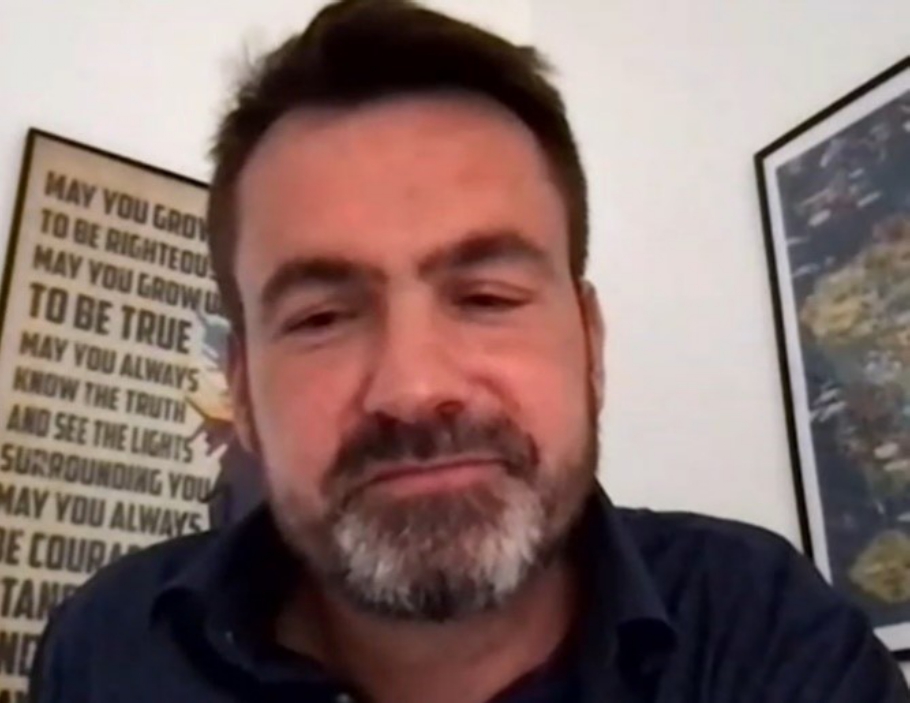
“At Laerdal, a technology is considered an innovation only when it contributes to the achievement of educational goals, aimed at making the healthcare or care episode more effective. One of the objectives of my work,” reports Carsten Storgaard, European coordinator of the Education and Healthcare Quality Improvement working group based in Copenhagen, “is to assess the impact of existing or emerging technology in relation to pedagogical principles and the latest clinical evidence. A dominant element of our work is the collaboration with scientific societies and international organisations; this collaboration guides us in keeping the focus on the ability to produce solutions and designs that have a clinical impact even before the technological one”.
“Thanks to our collaboration with Wolters Kluwer and the National League of Nursing, we have designed the vSim® virtual simulation programme that fulfils the pedagogical fundamentals of the Peer-2-Peer approach, the Flipped Classroom and automatic feedback that guides the learner’s progress, interacting with him through an objective metric, based on international benchmarks, adaptable to different geographical and cultural contexts. The programme has been enriched – thanks to the valuable collaboration with Varjo – with all kinds of AR/VR immersive learning, projecting this solution into the metaverse under the name of vrClinicals®”
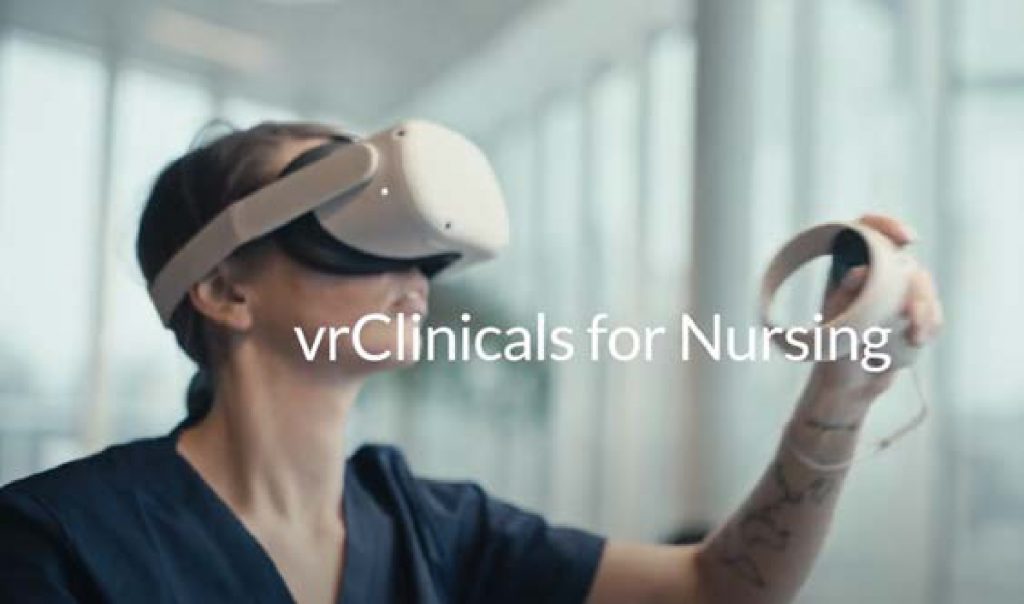
The idea we have of vrClinicals® is that of a system capable of combining the innovation represented by AR/VR, offering the possibility to perform procedures, to make decisions in a complex multi-factorial context, which minutely replicates the real one, with increasing levels of difficulty.
In addition, “In reality, healthcare personnel have to make decisions based on what is happening: urgent decisions,” says Brian Strock, Laerdal USA “So one of the important elements we are investing in is integrating virtual settings with a kind of artificial intelligence that adapts to what the learner is doing during the immersive experience.
We are certain of the central role that VR will play in health and medical education, but it is evident how much there is still to know about these fascinating technologies, starting from the fact that the use of any technology entails changes in the way of working and in the competences of the actors involved, to the point of hypothesising that new professional figures will emerge, destined to manage these specific learning processes. Browsing through the literature, however, one realises that there are unknown effects on prolonged exposure to VR/AR contexts and that these need to be investigated but the importance of this wave of change cannot be denied.
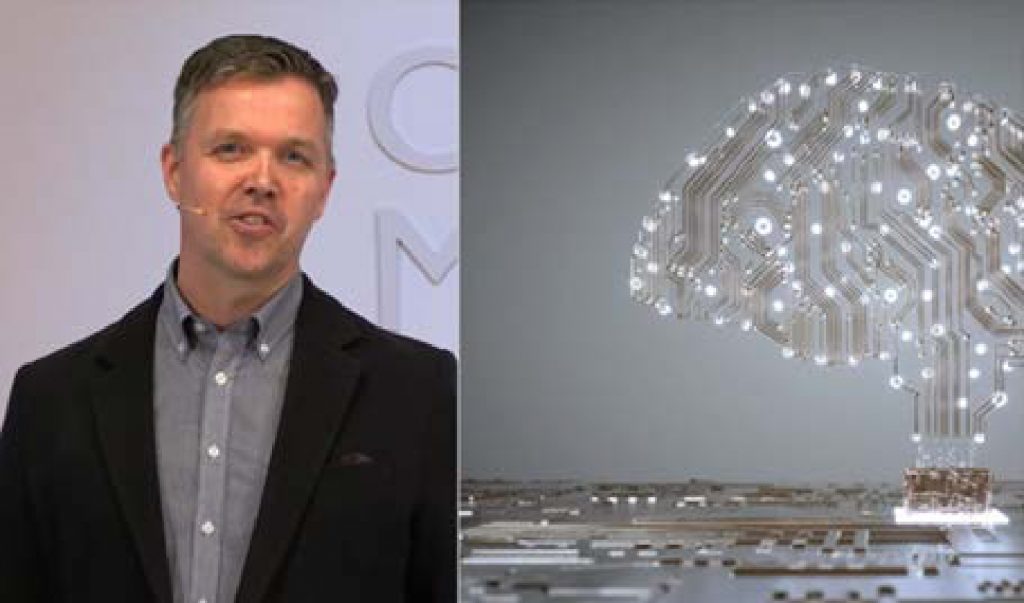
“There has been a strong acceleration at Laerdal with respect to Metaverse Simulation, thanks to the positive influence of new partners such as Sim-X,” says Novella Callero, Managing Director of Laerdal Italy. “It is very encouraging to witness the speed with which new technologies evolve and consequently the multiplication of their possible applications.
We are confident that research at Laerdal is pushing for AR-integrated systems – including VR’s adaptive response to learner behaviour and even more detailed metric processing of the immersive experience for both learner and instructor, in line with our main goal which remains providing educational solutions with a real and positive clinical impact.”
READ ALSO



